Description
Xantham Gum: The Unsung Hero of Smooth Textures and Stable Emulsions
Xanthan gum. It’s a mouthful to say, and you’ve probably never given it a second thought. However, this humble polysaccharide is a veritable workhorse in the food and beverage industry, and its applications extend far beyond your kitchen pantry. From thickening sauces to stabilizing cosmetics, xanthan gum plays a crucial, often invisible, role in our daily lives.
So, what exactly is xanthan gum?
A Microbial Marvel: How it’s Made
Unlike many food additives derived from plants or animals, xanthan gum is produced through the fermentation of glucose (sugar) by the bacterium Xanthomonas campestris. This bacterium is the same one responsible for black rot on vegetables like cabbage and broccoli. However, in a controlled industrial setting, Xanthomonas campestris produces a gooey extracellular polysaccharide – xanthan gum. This gum is then pasteurized, dried, milled into a powder, and ready to be used.
The Secret to its Success: Properties and Applications
Xanthan gum’s popularity stems from its unique properties:
- Excellent Thickener: Even in small quantities, xanthan gum significantly increases the viscosity of liquids. This makes it ideal for thickening sauces, dressings, soups, and even beverages.
- Superior Suspension Agent: It helps to keep insoluble particles suspended in liquids, preventing sedimentation. Think salad dressings where herbs and spices stay evenly distributed.
- Emulsion Stabilizer: Xanthan gum helps to prevent oil and water from separating, creating stable emulsions in products like lotions, creams, and salad dressings.
- Temperature and pH Stable: Unlike some thickeners that break down with heat or acidity, xanthan gum remains effective across a wide range of temperatures and pH levels.
- Shear-Thinning Behavior: This is a fancy way of saying that xanthan gum solutions thin out when stirred or shaken, but quickly thicken again when left standing. This is why salad dressings flow easily when poured, but remain viscous and cling to your salad.
These properties contribute to its widespread use in a variety of industries:
- Food and Beverage: As mentioned, it’s used in sauces, dressings, soups, gravies, ice cream, yogurt, and gluten-free baked goods. In gluten-free baking, it mimics the binding properties of gluten, providing structure and preventing crumbling.
- Cosmetics and Personal Care: Found in lotions, shampoos, conditioners, toothpastes, and makeup, where it acts as a thickener, stabilizer, and texture enhancer.
- Pharmaceuticals: Used as a suspending agent in oral medications and as a binder in tablets.
- Industrial Applications: Employed in drilling fluids in the oil industry to increase viscosity and carry drilling debris to the surface. It’s also used in paints, adhesives, and cleaning products.
Is Xanthan Gum Safe?
Generally, xanthan gum is considered safe for consumption by regulatory bodies like the FDA. However, some individuals may experience gastrointestinal discomfort, such as bloating and gas, if consumed in large quantities. It’s always best to consume it in moderation.
The Future of Xanthan Gum
As food science continues to evolve, so too does the application of xanthan gum. Researchers are exploring its potential use in novel food formulations, sustainable packaging, and even biomedical applications. Its versatility and unique properties ensure that xanthan gum will remain a valuable ingredient in a wide range of industries for years to come.
So, the next time you enjoy a smooth, evenly distributed salad dressing or a perfectly textured gluten-free cake, take a moment to appreciate the unsung hero that is xanthan gum. It may be a mouthful to say, but its contributions are undeniably significant.

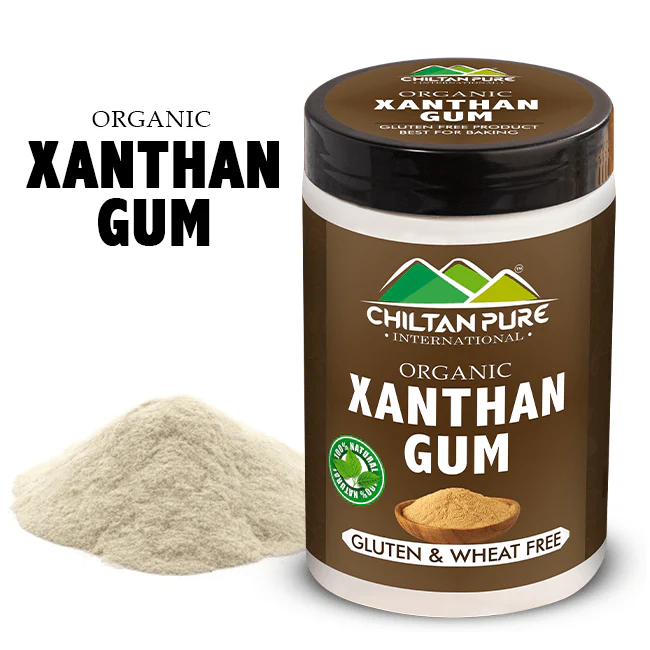


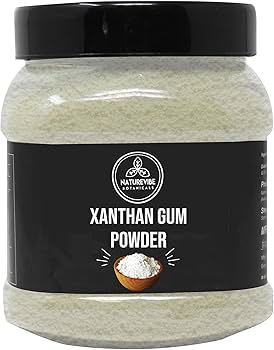
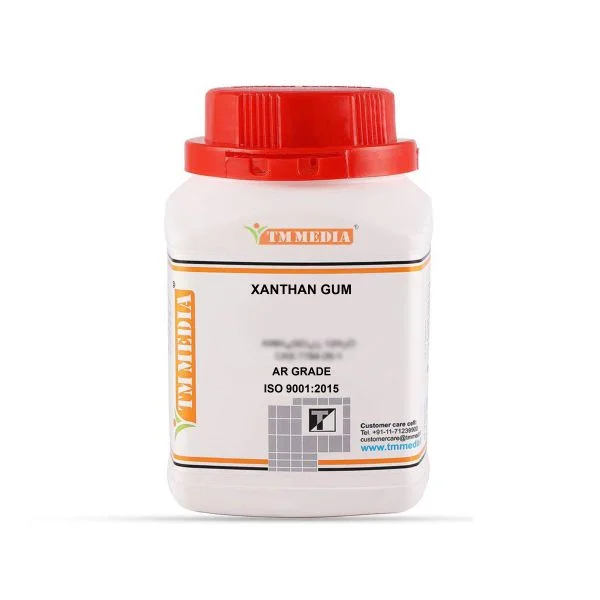

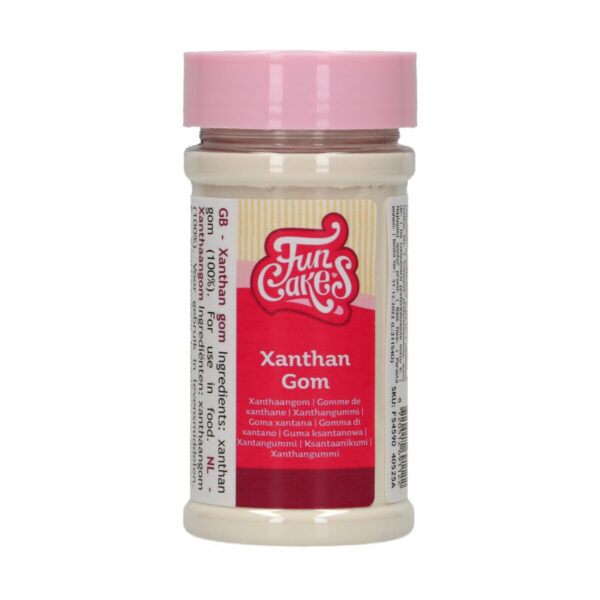





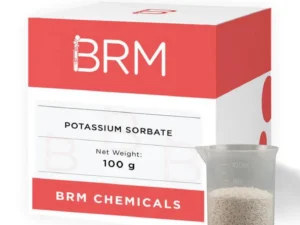

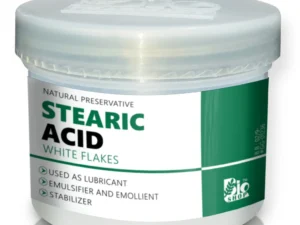
Reviews
There are no reviews yet.